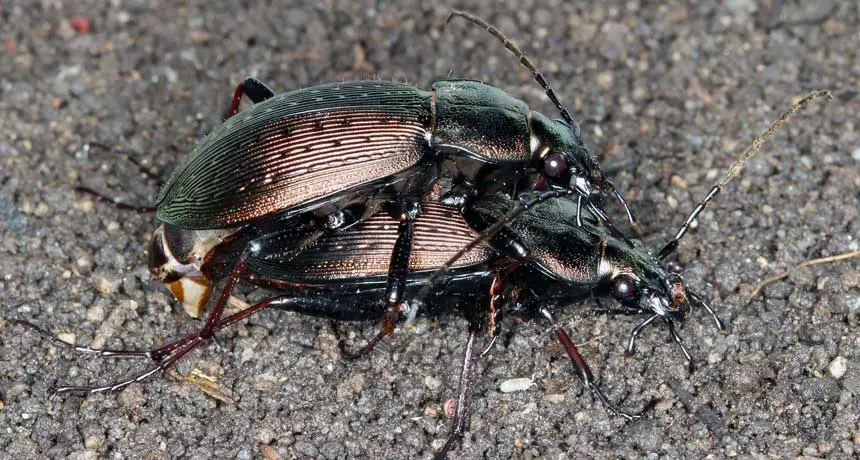Ground beetle genitals have the genetic ability to get strange. They don’t
A new look at the genetics of sex organs finds his vs. hers conflicts over length and width

SEX AND WAR Among ground beetles (Carabus maiyasanus), the sizes of male and female genitals stay in sync despite genetic quirks that allow for more evolutionary freedom.
Teiji Sota/Kyoto Univ.